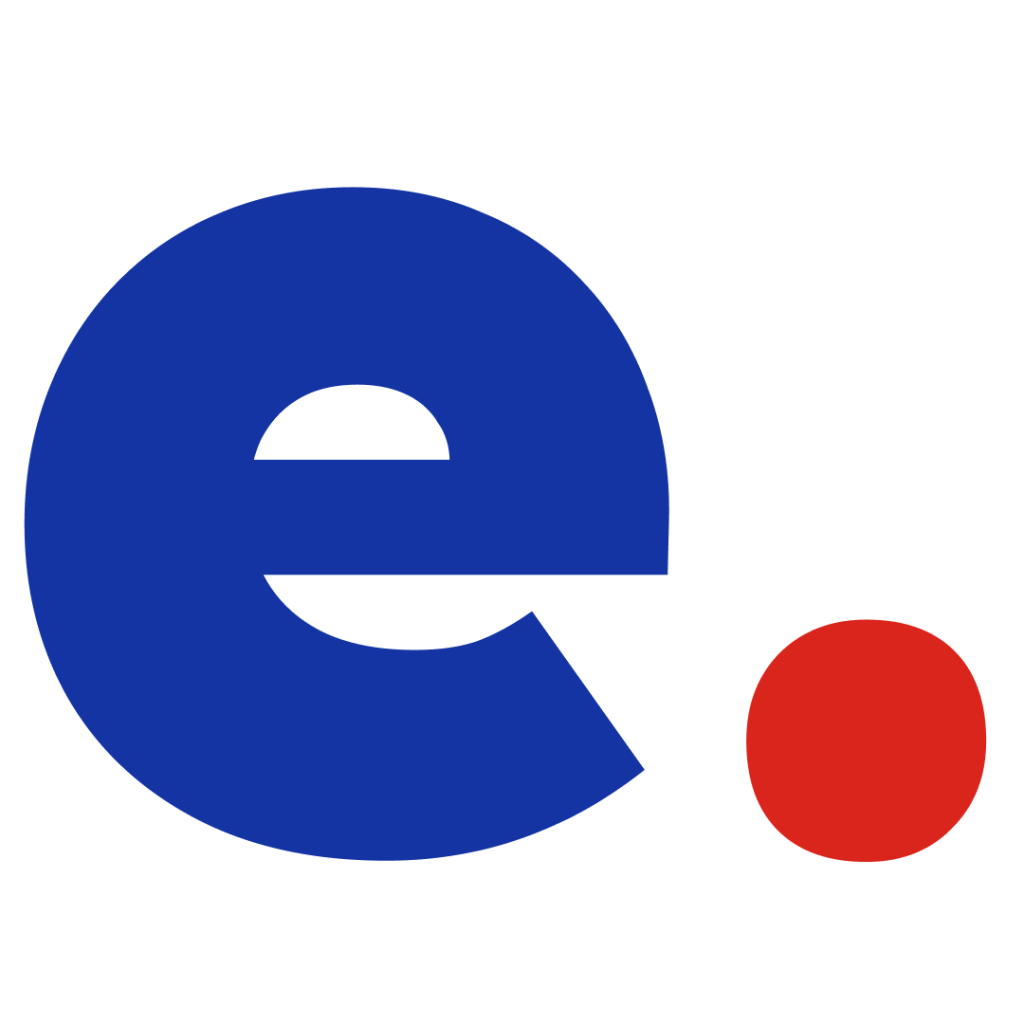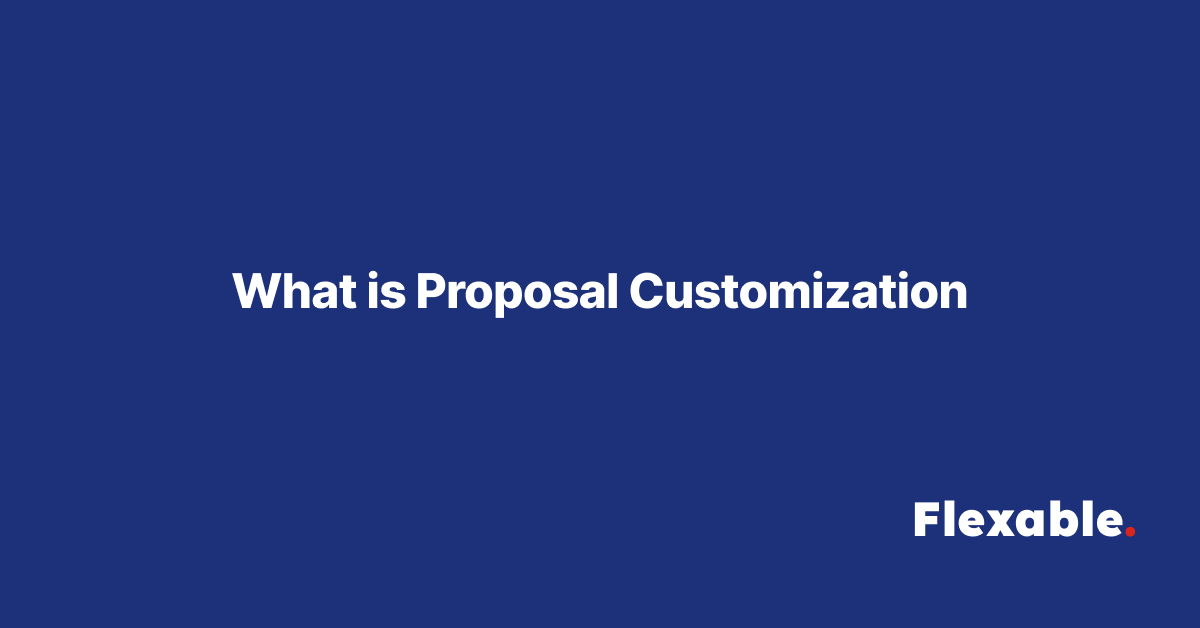Proposal customization refers to the process of tailoring a proposal to fit the specific needs, requirements, and preferences of a potential client. In the freelancing world, where competition is fierce, crafting a customized proposal is essential to stand out and make a strong impression. It goes beyond simply responding to a job posting; it involves understanding the client’s goals, addressing their pain points, and presenting yourself as the ideal solution for their project.
Proposal customization is a powerful strategy that reflects professionalism, attention to detail, and a genuine interest in the client’s success. It’s a stark contrast to generic, one-size-fits-all proposals, which often get overlooked in competitive marketplaces.
Why is Proposal Customization Important?
Customizing proposals is vital for freelancers who want to consistently win projects and build lasting relationships with clients. Here’s why it matters:
1. Shows Genuine Interest
A customized proposal demonstrates that you’ve taken the time to understand the client’s needs. This signals professionalism and care, which can set you apart from other freelancers submitting generic bids.
2. Increases Conversion Rates
Clients are more likely to respond to proposals that directly address their project goals and challenges. Customization improves your chances of being hired by showing that you understand the project thoroughly.
3. Builds Trust
When your proposal reflects an in-depth understanding of the client’s requirements, it builds trust and reassures them that you’re the right person for the job.
4. Highlights Your Value
Customizing a proposal allows you to emphasize how your skills and experience are specifically suited to solve the client’s problem or achieve their goals.
5. Cuts Through the Competition
Freelancing platforms are saturated with professionals vying for the same opportunities. A tailored approach helps your proposal stand out in a sea of generic bids.
Key Elements of Proposal Customization
To effectively customize a proposal, freelancers should focus on the following key elements:
1. Personalized Introduction
- Why It’s Important: The introduction sets the tone for your proposal. Address the client by name and mention the project details to make your proposal feel personal.
- Example:
“Hi [Client’s Name],
I came across your project to [specific project details] and immediately saw an opportunity to help you achieve [client’s goals].”
2. Understanding of the Project
- Show the client that you fully understand their requirements by paraphrasing the job description and providing insights into their goals or challenges.
- Example:
“You mentioned that you’re looking to redesign your e-commerce website to improve user experience and increase conversions. I understand how critical it is to create a seamless, user-friendly design that keeps customers engaged.”
3. Tailored Solutions
- Highlight how your skills, experience, and approach align with the client’s needs. Avoid generic statements; be specific about what you will do and how it will benefit the client.
- Example:
“Based on my experience designing e-commerce websites, I recommend incorporating features such as personalized product recommendations and streamlined checkout processes. These have consistently driven higher conversion rates for my past clients.”
4. Relevant Experience and Portfolio
- Share examples of past work that are directly relevant to the client’s project. If you’ve worked on similar projects, provide a brief overview of the results you achieved.
- Example:
“In my recent project for [Client Name], I redesigned their online store, resulting in a 35% increase in sales within three months. Here’s a link to the project: [Portfolio link].”
5. Clear Deliverables
- Outline the specific tasks or outcomes the client can expect from you, ensuring clarity and transparency.
- Example:
“If hired, I will provide:- A complete website redesign with mobile optimization.
- Integration of analytics tools for tracking user behavior.
- Three rounds of revisions to ensure the final product meets your expectations.”
6. Customized Pricing and Timeline
- Tailor your pricing and timeline to the scope of the project. Break down your pricing if needed, and explain why the timeline works for the project’s goals.
- Example:
“I estimate that the project will take three weeks to complete, with a budget of $1,500. This includes design, testing, and revisions.”
7. Call to Action
- End with a clear call to action, encouraging the client to take the next step.
- Example:
“I’d love to discuss your project further and answer any questions you may have. Let me know if we can schedule a quick call to go over the details.”
Tips for Effective Proposal Customization
- Research the Client
Take time to research the client’s business, industry, or brand. This helps you craft a proposal that aligns with their values and objectives. - Use the Client’s Language
Reflect the language and tone used in the job description to show alignment with the client’s style. - Focus on Benefits
Highlight the benefits of hiring you, rather than just listing your skills. Show how your expertise will directly solve their problem or achieve their goals. - Keep It Concise
Clients often receive multiple proposals, so make yours easy to read. Use bullet points, short paragraphs, and clear headings. - Avoid Generic Templates
While using a template can save time, avoid submitting cookie-cutter proposals. Adapt each proposal to reflect the client’s unique needs. - Proofread Thoroughly
A typo-free and well-structured proposal reflects professionalism and attention to detail.
Common Mistakes to Avoid
- Ignoring Specific Details in the Job Posting
Failing to address the client’s unique requirements shows a lack of effort and attention. - Overloading with Irrelevant Information
Focus on what’s relevant to the client’s project. Avoid including unnecessary details about unrelated work. - Underestimating the Client’s Knowledge
Avoid being overly generic or vague. Clients appreciate detailed and actionable proposals. - Not Offering a Solution
Simply describing your skills without providing a plan or solution for the project reduces your chances of winning the bid.
Conclusion
Proposal customization is a critical skill for freelancers who want to succeed in the competitive freelancing industry. By taking the time to tailor each proposal to the specific needs of a client, freelancers can demonstrate professionalism, build trust, and significantly improve their chances of winning projects.
A customized proposal is more than just a pitch, it’s an opportunity to show clients that you understand their goals, value their vision, and are uniquely qualified to help them succeed. With attention to detail, research, and a client-centric approach, proposal customization becomes the bridge that connects freelancers to long-term success in their careers.

